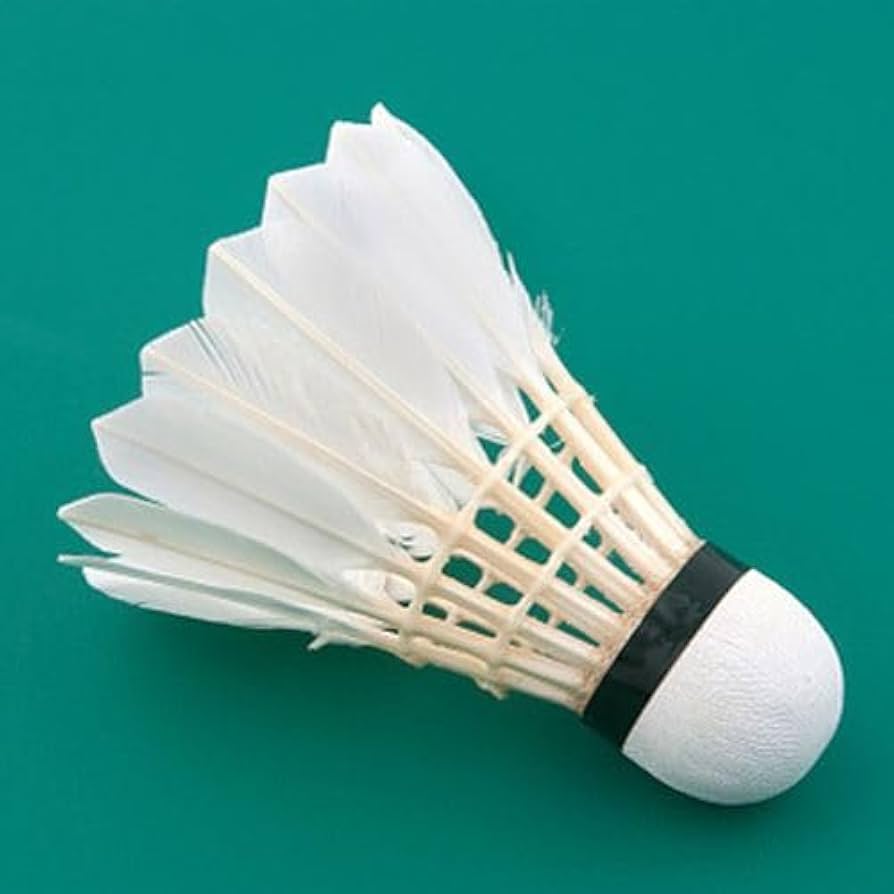Feathers in a Shuttlecock: Why 16 Are Essential for Badminton Performance

Have you ever wondered why a shuttlecock has exactly 16 feathers? These feathers play a critical role in the shuttlecock’s speed, stability, and flight path. In this article, we’ll explore the science behind this design and how it affects badminton performance.
Why Does a Shuttlecock Have 16 Feathers?
The use of 16 feathers isn’t random—it’s the result of years of testing for optimal aerodynamics. Typically made from goose or duck feathers (usually from the left wing for uniformity), they’re arranged symmetrically to ensure balance. This standard is recognized globally and ensures consistent performance during competitive matches.
🔑 Benefits of Having 16 Feathers
Here’s how this design supports top-level badminton:
- Stable Flight: The arrangement allows the shuttle to maintain a straight and predictable path, aiding shot accuracy.
- Speed Regulation: Feathers create drag that helps control the shuttle’s speed after a powerful smash or drop shot.
- Durability: Properly constructed shuttlecocks can endure multiple high-speed rallies without fraying quickly.
This combination of control and endurance is what makes the 16-feather design ideal for professional use.
Types of Shuttlecocks
There are two primary types:
🪶 Feather Shuttlecocks
- Made from natural materials (goose or duck feathers).
- Provide excellent flight control and feel.
- Preferred in tournaments and by advanced players.
🧵 Nylon Shuttlecocks
- Crafted from synthetic nylon.
- More durable and weather-resistant.
- Great for beginners and casual play.
BWF Standards for Shuttlecocks
The Badminton World Federation (BWF) mandates:
- Exactly 16 feathers per shuttlecock
- Feather length: 62mm to 70mm
- Weight: 4.74 to 5.50 grams
These standards ensure quality and consistency for competitive matches worldwide.
🎯 Fun Facts About Badminton Shuttlecocks
- Only left-wing feathers are used for uniform spin.
- The fastest recorded shuttlecock smash: 493 km/h by Tan Boon Heong.
- Feather shuttlecocks can travel at over 300 km/h in elite games.
🛒 Where to Find Quality Feather Shuttlecocks
Need high-performance shuttlecocks for your next game?
👉 Shop premium feather shuttlecocks at Rackonnect
Final Thoughts
Understanding the design and purpose behind the 16 feathers gives players deeper insight into their equipment. Whether you’re training professionally or just playing for fun, choosing the right shuttlecock can elevate your game.
👉 Shop Now at Rackonnect